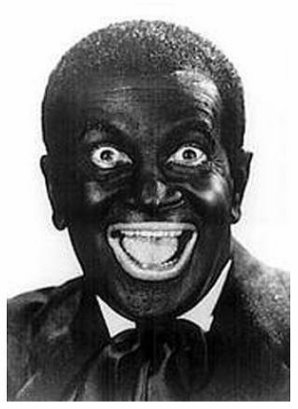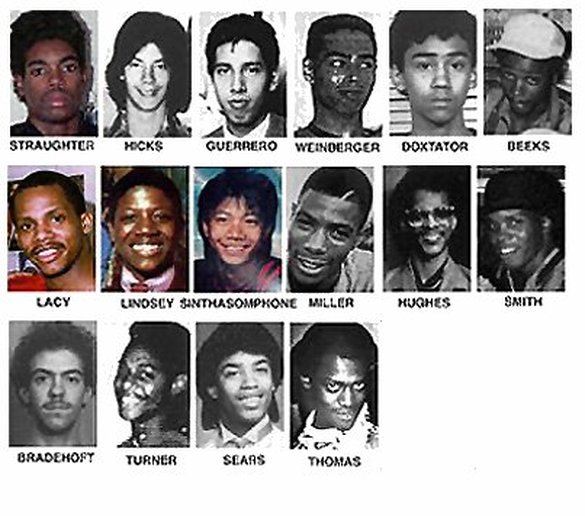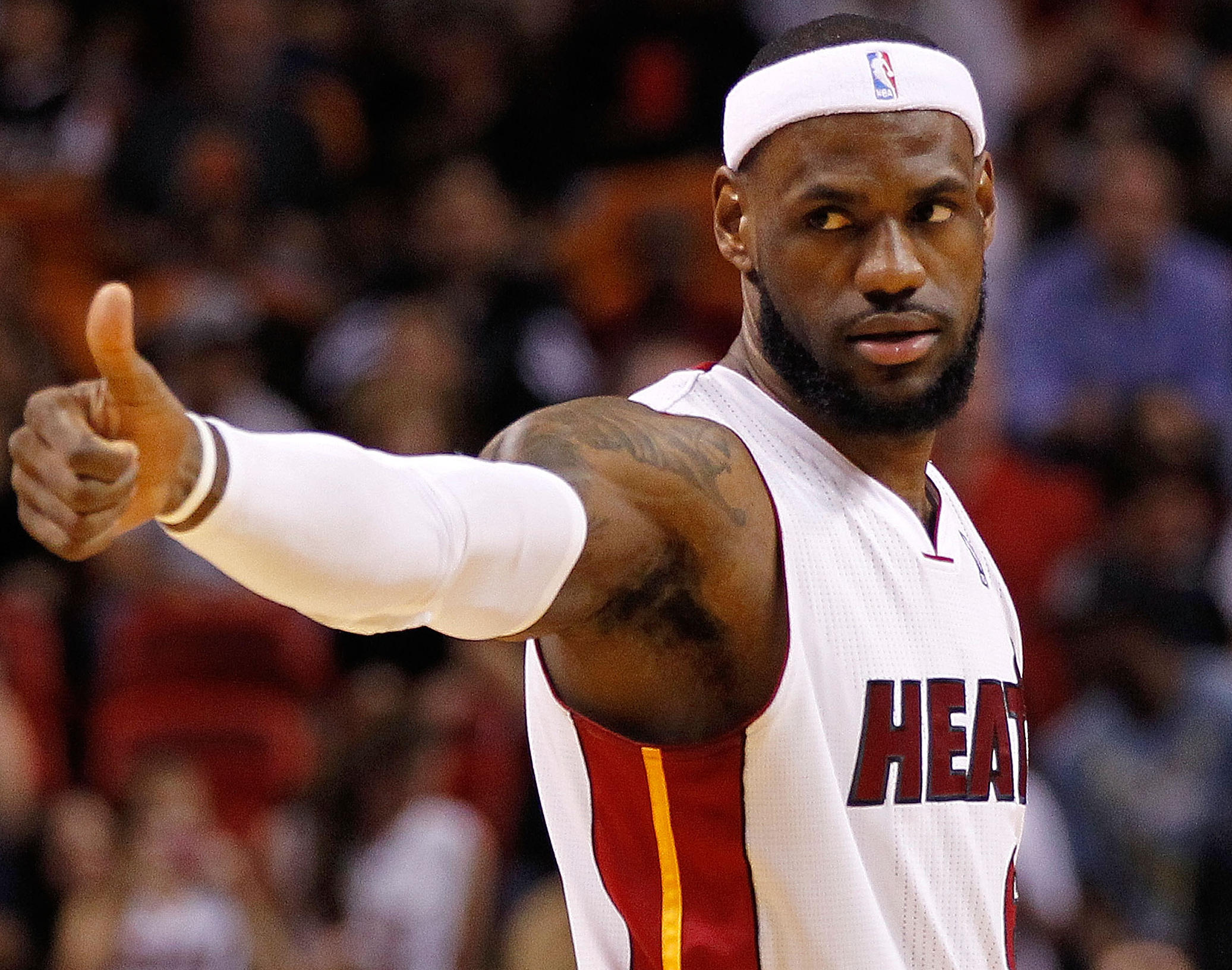Disparities in the criminal justice system are massive in modern American society. Blacks are consistently imprisoned at a higher rate than any other race. This trend has only increased in severity over time. About 30 percent of all Black arrests were drug offenses, 30% of Hispanic arrests were drug offenses, but 30% of White arrests were for violent offenses. Whites are not only arrested less frequently than other races but they are also arrested at a much lower rate for drug offenses. This indicates that Whites are generally only imprisoned for serious, violent crimes. This study clearly shows that there is a higher imprisonment rate of people of color than Whites, and that the majority of these arrests are for drug-related offenses, while the majority of arrests for whites are for violent crimes. (Oliver, 2004)
Like almost all issues involving racial inequalities, finding a working solution for the criminal justice system gap is not an easy task. Law enforcement officers should be required to complete an intensive training showing the racial disparities and educating them in current discrimination. Officers should be immediately held accountable for any action that is racially charged. In terms of our actual justice system, minorities need to be better represented within the system, and those going through the trial process need to adequately represented (The Sentencing Project, 2008).
 |
| 2011 Rates of Incarceration in Washington, DC |
- |
| Rates of Imprisonment for drug (non-violent) crimes |














